Herbarium Specimen Processing in Full Swing
In winter, the collection of new plant and fungal specimens stops altogether. However, the collectors of specimens made the previous summer are still working hard to prepare these for incorporation into the Kathryn Kalmbach Herbarium of Vascular Plants and Sam Mitchel Herbarium of Fungi. It takes a considerable amount of work to process a collection to become a herbarium specimen. Thus, after the busy specimen collection season ends, collectors finally get a chance to take stock of their recently collected riches.
Last year, we began the use of digital field notebooks to streamline specimen collections and ensure that the data collected are of the highest standards. Digital field notebooks use templates to prompt collectors to record all the relevant data for each specimen. Plant and fungi data collection templates contain different data fields because these organisms have such different morphologies.
Winter is a great time for collectors to identify their specimens. Collectors utilize many different resources, such as dichotomous keys to identify specimens, and often need to look at their specimens under a microscope to examine specific, tiny features that will help determine an accurate identification – something that isn’t easily done in the field. Without a name, the specimen cannot move forward through processing.
Once all the specimens have been identified in the herbarium, the result is a spreadsheet with all relevant collection data for each specimen. The specimen data help place the specimen at a specific place in space and time. Collection data include the name(s) of the person or people who collected it and any other ecological, morphological, cultural or other notes the collector(s) may have made. The specimens and their associated collection data are then uploaded and available for view on our free, publicly available, online databases.
Winter gives our scientists the time they need to sit down, make identifications, type up all the wonderful data they recorded over the field season and push it out onto the world wide web for all to see!
Check out the images below in the gallery. Figures 1, 2 and 3 show some example pages of a plant collection field notebook. There are reference sheets that show the collector how to use the field notebook, data sheets where they record the actual specimen data and a metadata dictionary at the back of the which defines all the terms used. Figure 4 shows an example of a more straight-forward fungal collection field notebook data sheet. These collection templates now exist in our digital field notebooks, so recording the data is a breeze.
Gallery
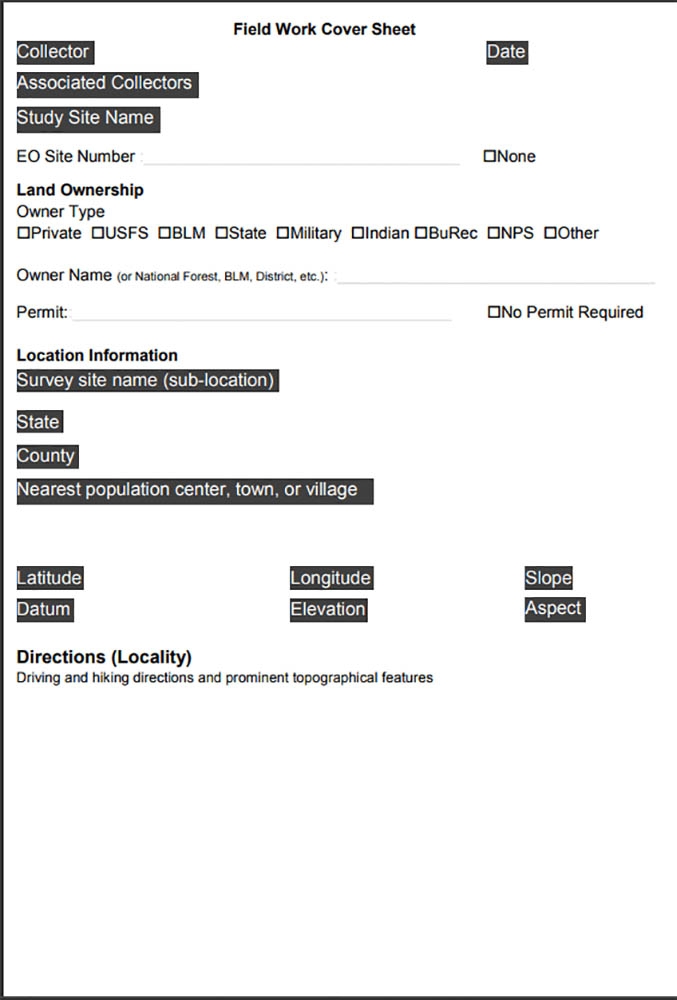
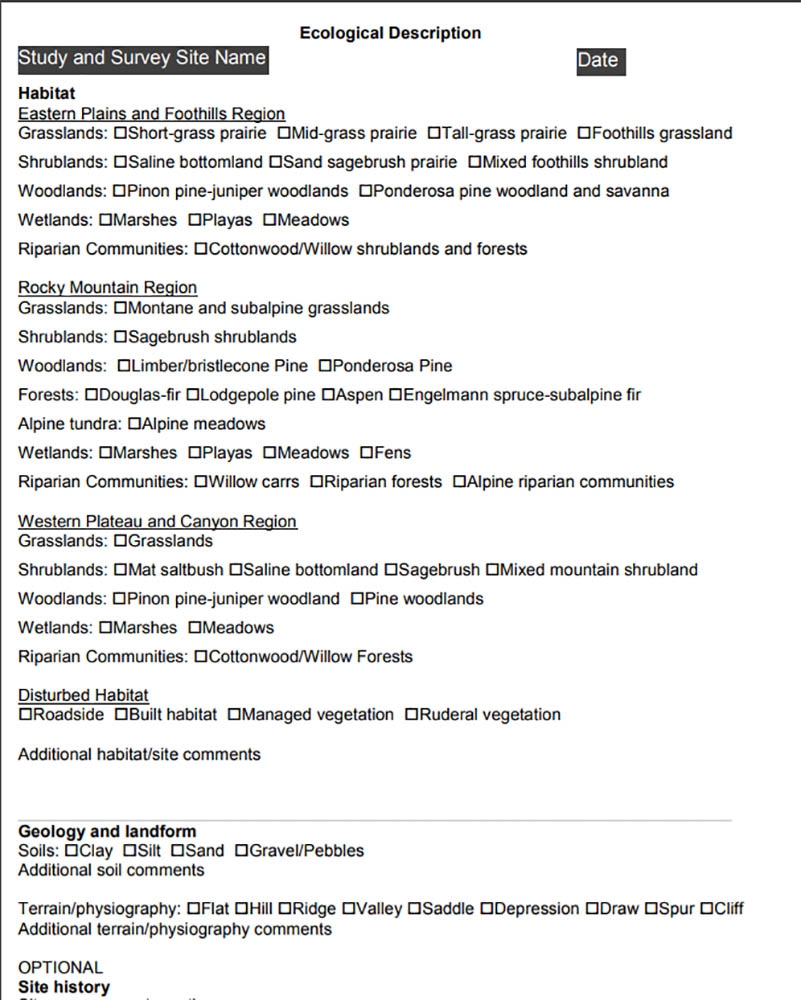
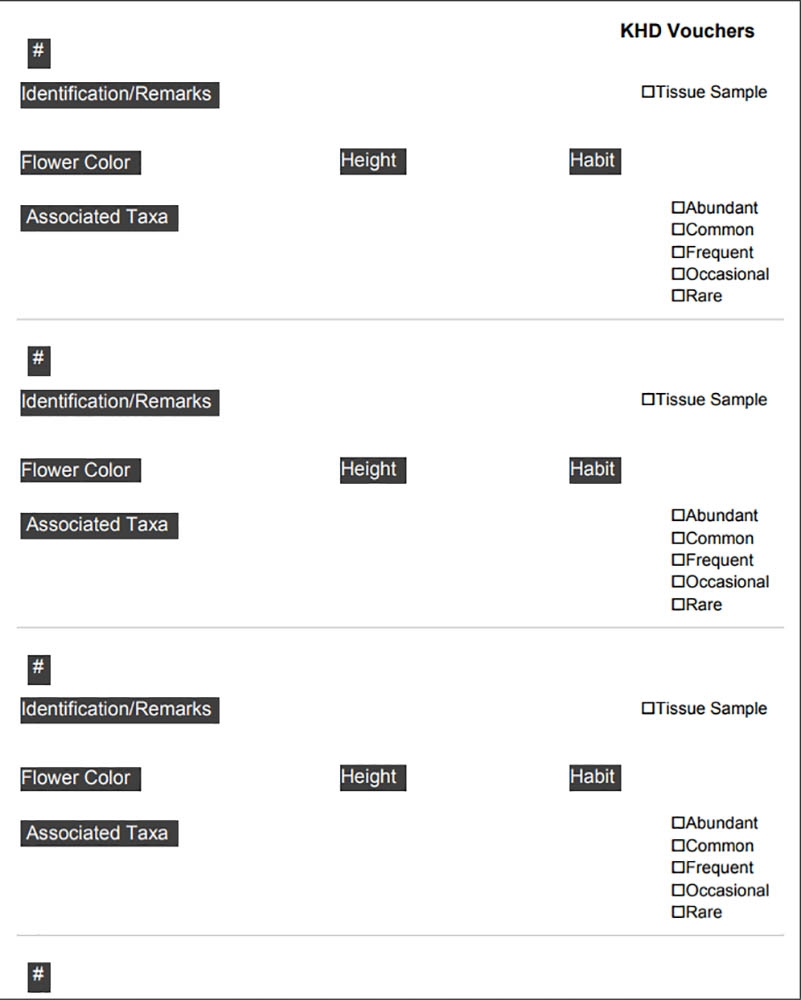
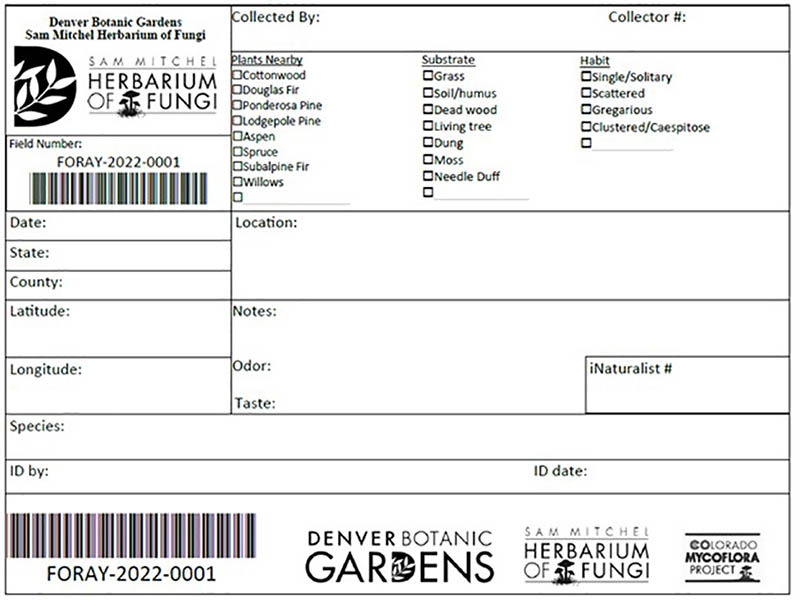
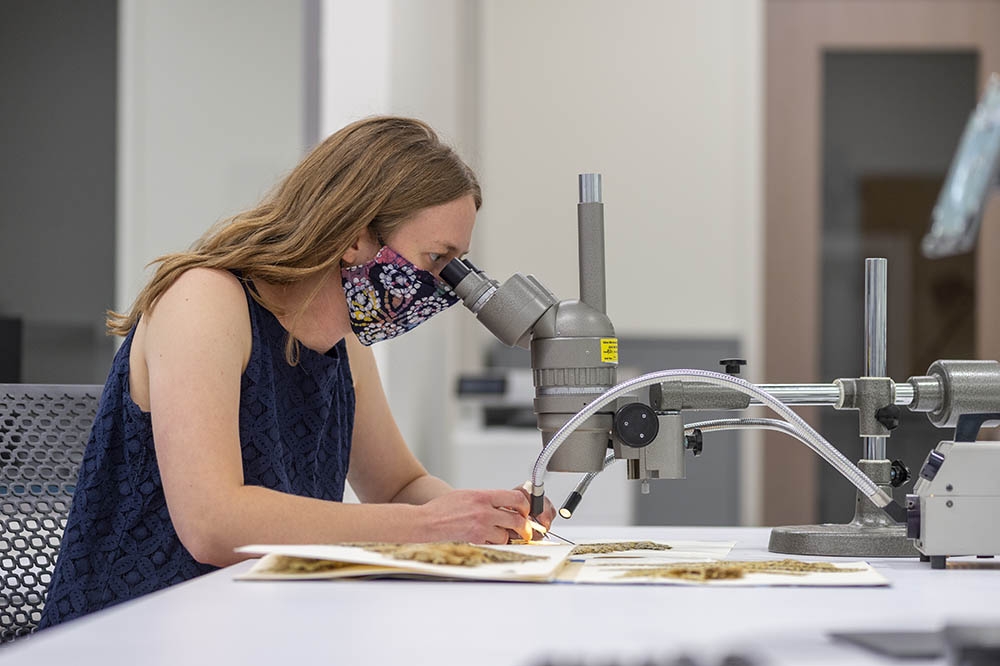
Add new comment